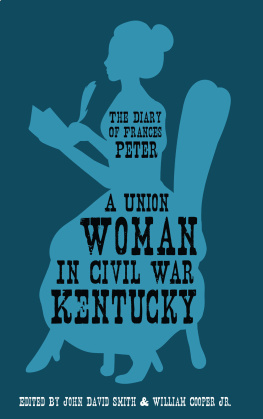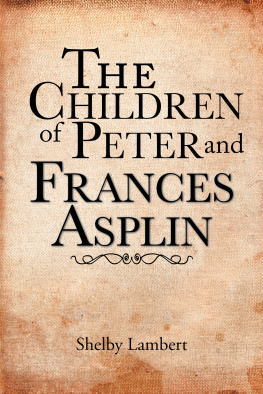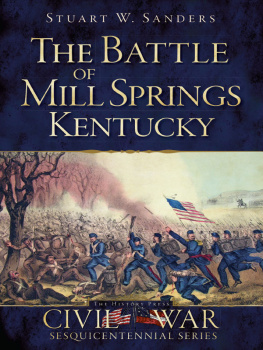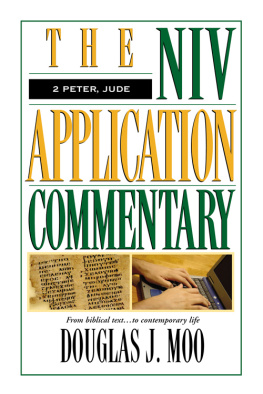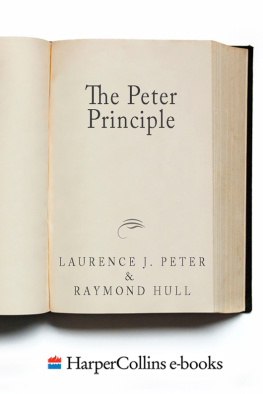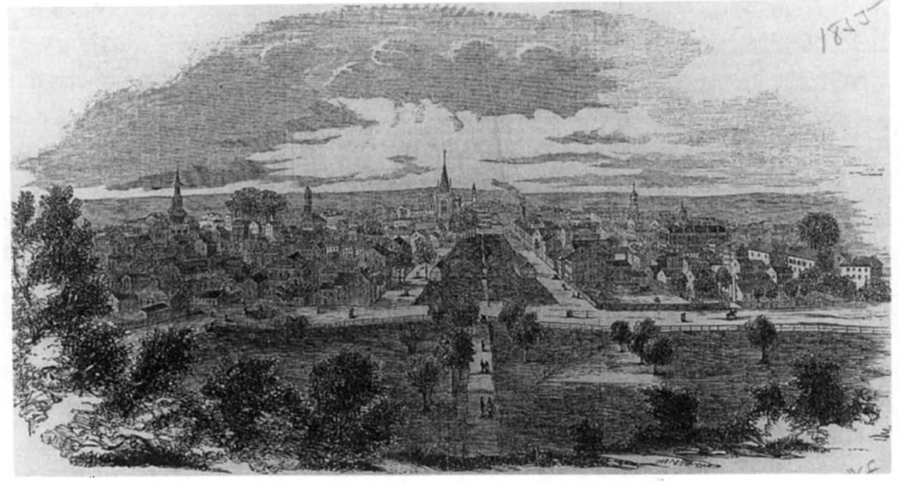A Union Woman
in
Civil War Kentucky

Publication of this volume was made possible in part by a grant from the National Endowment for the Humanities.
Copyright 2000 by The University Press of Kentucky
Scholarly publisher for the Commonwealth, serving Bellarmine College, Berea College, Centre College of Kentucky, Eastern Kentucky University, The Filson Club Historical Society, Georgetown College, Kentucky Historical Society, Kentucky State University, Morehead State University, Murray State University, Northern Kentucky University, Transylvania University, University of Kentucky, University of Louisville, and Western Kentucky University.
All rights reserved.
Editorial and Sales Offices: The University Press of Kentucky
663 South Limestone Street, Lexington, Kentucky 40508-4008
04 03 02 01 00 5 4 3 2 1
Library of Congress Cataloging-in-Publication Data
Peter, Frances Dallam, 1843-1864.
A Union woman in Civil War Kentucky: the diary of Frances Peter / edited by John David Smith and William Cooper, Jr. Expanded ed.
p. cm.
Rev. ed. of: Window on the war. c1976.
Includes bibliographical references (p. ) and index.
ISBN 0-8131-2144-2 (alk. paper)
1. Peter, Frances Dallam, 18431864 Diaries. 2. United StatesHistoryCivil War, 18611865 Personal narratives. 3. KentuckyHistoryCivil War, 18611865 Personal narratives. 4. Lexington (Ky.) Biography. 5. WomenKentuckyLexington Diaries. I. Smith, John David, 1949- . II. Cooper, William, 1933- . III. Peter, Frances Dallam, 18431864. Window on the war. IV. Title.
E601.P48 1999
976.94703092dc21
[B]99-23203
This book is printed on acid-free recycled paper meeting the requirements of the American National Standard for Permanence of Paper for Printed Library Materials.

Manufactured in the United States of America
Contents
Illustrations
For the RousellsLeslie, Charles,
David, Jonathan, Cinder, and Forest
J.D.S.
For Norma, Suzanne, and Gregory
W.C.
Acknowledgments
The editors have accumulated many debts to scholars and friends over the long history of editing Frances Dallam Peters diary. Ron Alexanders Ph.D. dissertation, Central Kentucky During the Civil War (University of Kentucky, 1976), first alerted us to the richness and significance of the diary when the editors were graduate students at the University of Kentucky. E.I. Thompson, Richard S. DeCamp, Ed Houlihan, Burton Milward, and Holman Hamilton encouraged the Lexington-Fayette County Historic Commission to publish a small portion of the diary as Window on the War. The editors are grateful to Bill Marshall, head of the Division of Special Collections and Archives, Margaret I. King Library, University of Kentucky, for permission to publish the Peter diary, and to Bettie L. Kerr, Historic Preservation Officer, Lexington-Fayette Urban County Government, for permission to draw upon material from Window on the War.
A Union Woman in Civil War Kentucky benefited immeasurably from the assistance of Christopher A. Graham. Mr. Graham conducted extensive research, drafted annotations, and assisted the editors in conceptualizing and editing the introduction. Norene Miller of the Department of History, North Carolina State University, entered the text of Window on the War into a word processor. Daniel J. Salemson edited the revised transcription. Richard Costello provided his usual computer expertise and good cheer. Troy Burton, Susan Lyons Hughes, Ann B. Ward, and Leila May offered additional research assistance.
Introduction
Frances Dallam Peter, barely eighteen years old when the Civil War began, wrote one of the most perceptive eyewitness accounts of the conflict in Kentucky. Her diary, the only extant published recollection of a female Kentucky Unionist, records descriptions of daily life in Lexington and observations on the war from January 1862 to April 1864. Miss Peters pages not only include routine stories of rumor, gossip, and military affairs, but also provide a clear view of a community severely divided by internecine war.
The Peter diary, portions of which were first published in a limited edition in 1976, brims with insights into the meaning of the war for Lexingtonians in particular and Kentuckians in general. Frances Peters account of the war as seen through her window facing the Little College Lot
Writing in 1978, historian William C. Davis remarked that Francess diary contains much of social history... and to anyone interested in how a
An 1855 engraving in Ballous (Boston) depicting Lexington as seen from Morrison Hall looking south. (Audio-Visual Archives, Special Collections and Archives, University of Kentucky Libraries)
This edition of Frances Dallam Peters Lexington Civil War diary includes a new interpretive introduction that frames her life and text, more than two hundred additional diary entries, and hundreds of new annotations. Collectively, this new material adds much fresh military and civilian detail and considerable social context to that contained in the 1976 edition. In addition to expanding the breadth and depth of Window on the War, the opportunity to publish a new edition has enabled the editors to correct errors in the first edition, to integrate new sources and interpretations, and to prepare the text and annotations in line with modern editorial practice. The last two decades have witnessed significant changes not only in documentary editing, but in the writing of local, social, and womens history as well.
Born in Lexington on January 28, 1843, Miss Peter lived with her parents, Dr. Robert Peter and Frances Paca Dallam, and never married. The Peters were prominent residents of the Bluegrass. A native of Cornwall, England, Dr. Peter (18051894) migrated to Baltimore in 1817, then to Pittsburgh, and in 1832 moved to Lexington, where he emerged as one of Americas most respected chemists, geologists, and physicians. He was a pioneer in the field of public health. Awarded the M.D. degree from Transylvania University in 1834, he was promptly appointed chair of chemistry in Morrison College. In 1838 Dr. Peter was named chair of chemistry and pharmacy at Transylvania Universitys Medical Department, serving in that capacity until shortly before the Civil War. During much of this time Dr. Peter also was dean and librarian of the medical school, which ranked among the nations best in the antebellum years. Once the war began, he served as U.S. Army surgeon for troops stationed in Lexington. His wife, Frances, was born near Lexington in 1815 and descended from the famous Henry, Preston, and Breckinridge families of Virginia and Kentucky. Mrs. Peters great-uncle, William Paca of Maryland, was among those who signed the Declaration of Independence. Dr. and Mrs. Peter had eleven children.
The Peters lived in wartime Lexington, one of Kentuckys two urban centers and a city of approximately 9,500 citizens with sharply divided loyalties. Dr. Peters responsibilities as medical officer for Lexingtons U.S. military hospitals and the proximity of the familys home on the corner of Market Surviving examples of her poetry, short stories, and sketches illustrate a fertile and creative mind. Her diary entries suggest that she was a keen observer and outspoken social critic as well.

